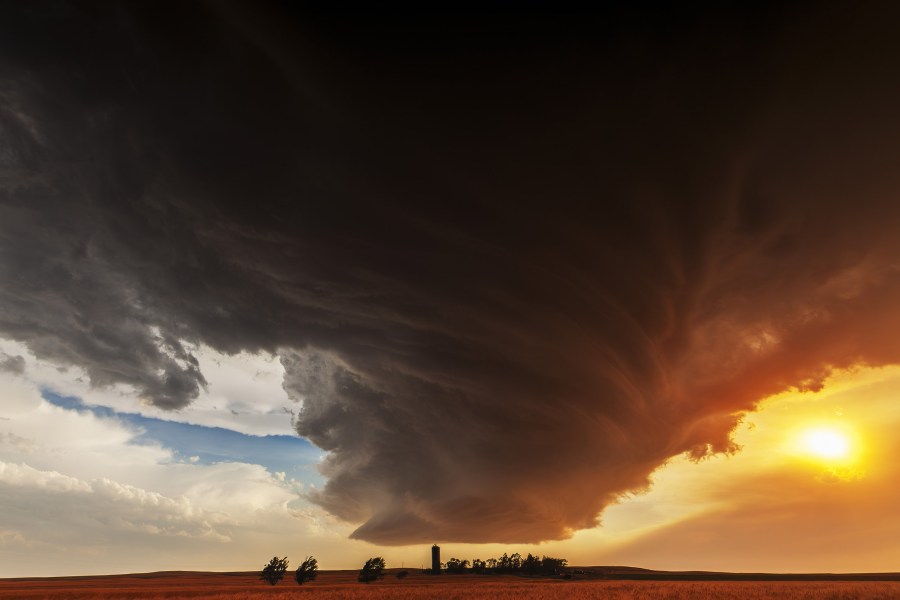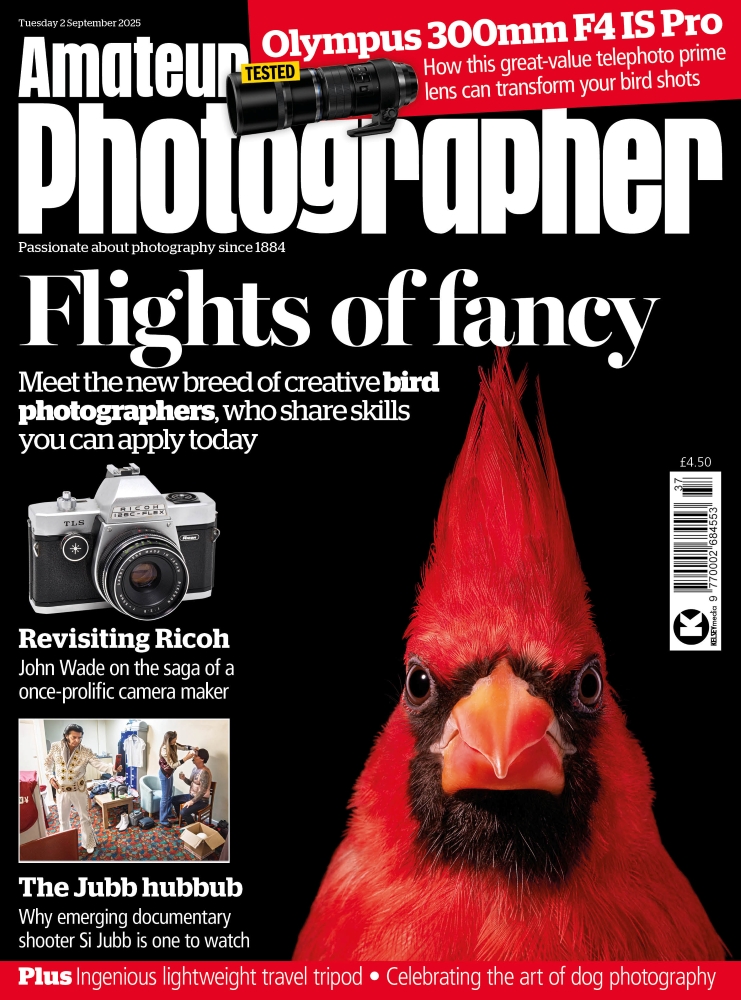ALFREDO JAAR wins the 2025 Prix Pictet for The End
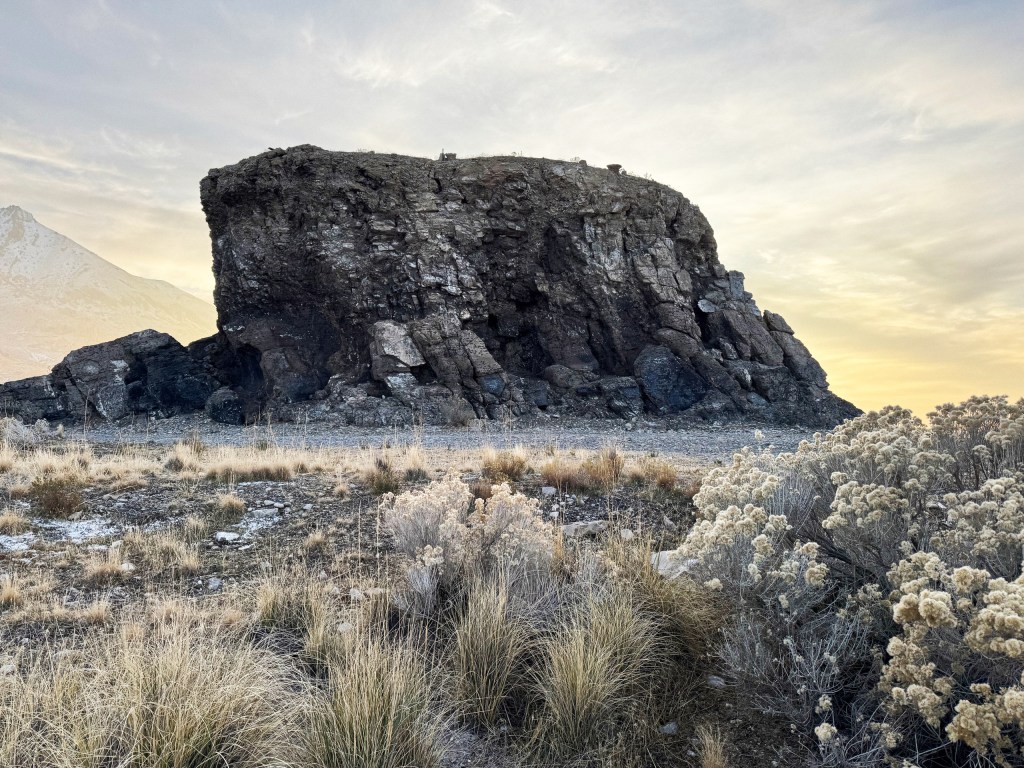
A prize for photography and sustainability
Founded in 2008 by the Geneva-based Pictet Group, the Prix Prictet champions photographers whose work confronts the planet’s most urgent sustainability challenges. Each cycle centres on a single theme; this year’s Storm reflects the turbulence of our age: environmental collapse, political upheaval, economic instability and social unrest.
The Prix Pictet maintains a global network of around 350 nominators including critics, curators and other photography specialists, who invite artists to submit their work for consideration. For the 11th cycle, this international network generated nominations from around the world, which an independent jury chaired by climate scientist Sir David King reviewed before selecting a shortlist of twelve artists exploring the raw power and consequences of storms, both literal and metaphorical.
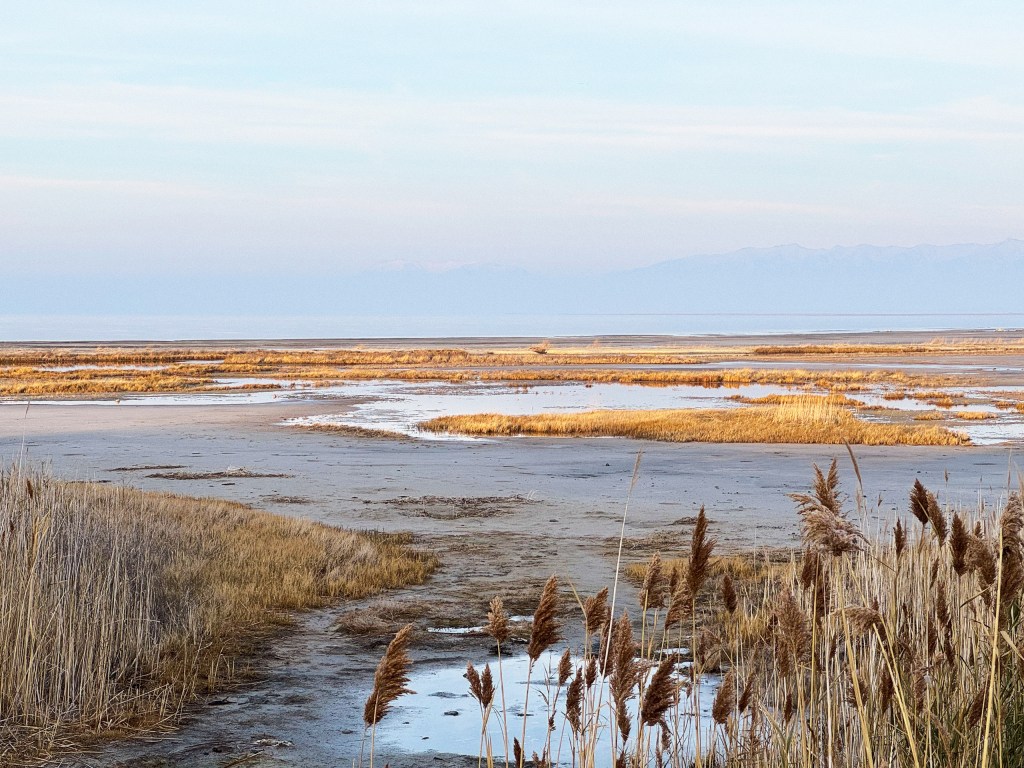
Winning work
Chosen from this exceptional field, Chilean Alfredo Jaar impressed the jury with The End, a body of work that documents the ecological crisis engulfing Utah’s Great Salt Lake, described by scientists as an ‘environmental nuclear bomb.’ Once a keystone ecosystem of the western hemisphere, the lake has lost 73% of its water and 60% of its surface area since the mid-nineteenth century, exposing toxic dust and driving salinity to dangerous levels. Its collapse threatens public health, regional rainfall patterns, and an economy worth $2.5 billion annually, while endangering vital wetlands that sustain millions of migratory birds. Without a dramatic increase in water flow, the Great Salt Lake faces the prospect of vanishing altogether, a disaster of incalculable magnitude.
Through striking, often otherworldly images, the series captures the lake’s exposed salt flats, shrinking waters, and stark landscapes, offering viewers both an aesthetic experience and intimate access to a vanishing ecosystem.
Jurors verdict
Sir David King described the tough decision, ‘The economic, social and political impacts of the current climate catastrophe are immense. Storm seems to be the default setting for our times and there really could not have been a more timely moment for the Prix Pictet to invite nominations on this theme. The diversity of approaches with which the twelve shortlisted artists have interpreted the theme was extraordinary and the exhibition they have presented at the Victoria and Albert Museum is truly remarkable. Given the scale of this achievement the selection of a winner was a considerable challenge for the jury. Any one of the twelve shortlisted artists could easily have won the award but, in the end, my colleagues on the jury unanimously decided that Alfredo Jaar should be named the eleventh laureate of the Prix Pictet.’
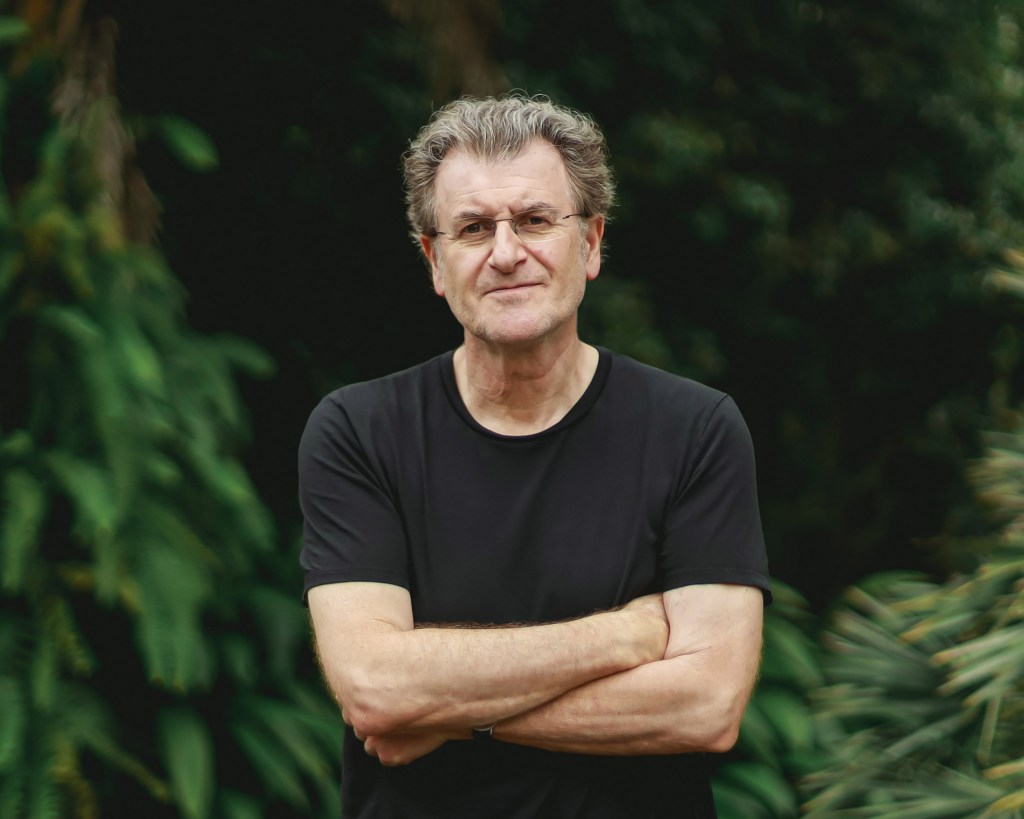
For Jaar, the prize carries personal resonance. ‘My objective in this series is to show the tragic fate of the lake and simultaneously reveal its extraordinary beauty and potential. In spite of the dire situation we are in, I wanted to create images of great beauty and sadness. In the face of the magnitude of this tragedy, I decided to print these images in a small, unspectacular format, as a kind of visual whisper, a lament for our dying planet.’
Shortlist of global storms
Each series interprets storm as both a physical event and a metaphor for the forces reshaping life on Earth. The winner emerged from a remarkable shortlist whose projects spanned five continents:
Takashi Arai’s Exposed in a Hundred Suns circles nuclear monuments with hundreds of tiny daguerreotypes, probing the invisible legacy of atomic catastrophe.
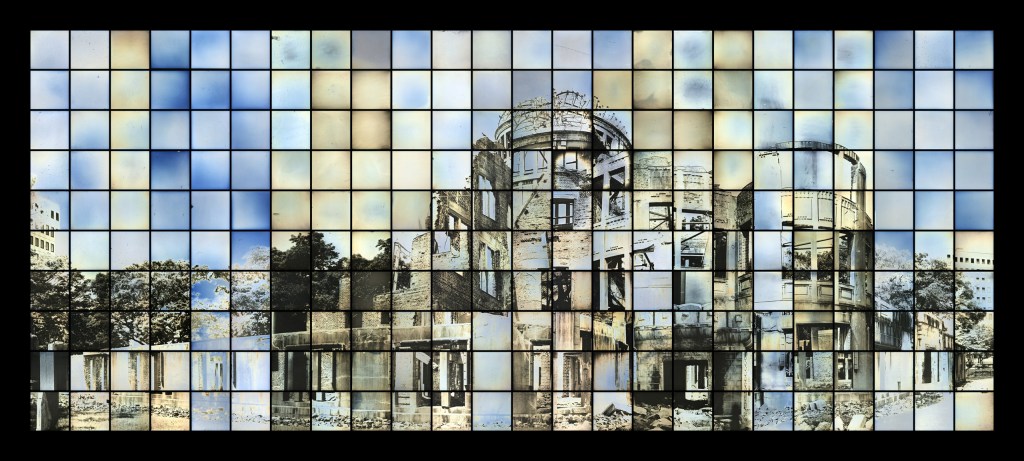
Marina Caneve anticipates future disaster in the Dolomites with Are They Rocks or Clouds?, a poetic attempt to foresee floods and landslides.
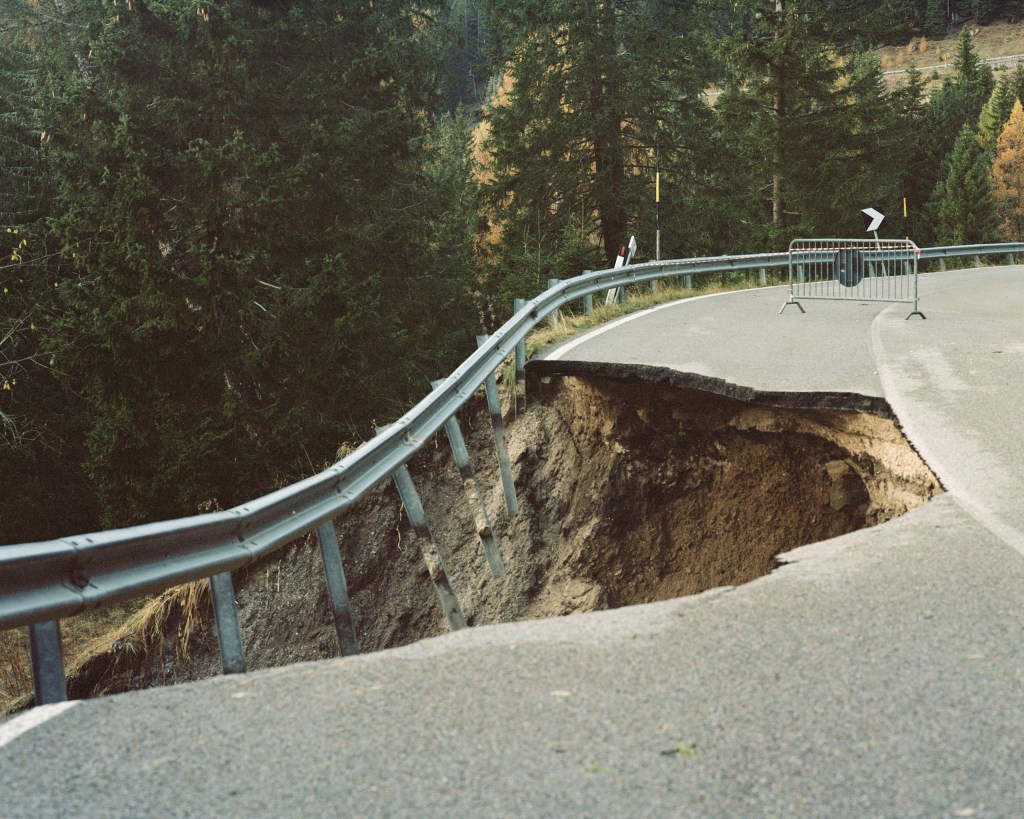
Tom Fecht captures the fragile bioluminescence of cold-water plankton in Luciferines — Between Dog and Wolf, warning of warming oceans.
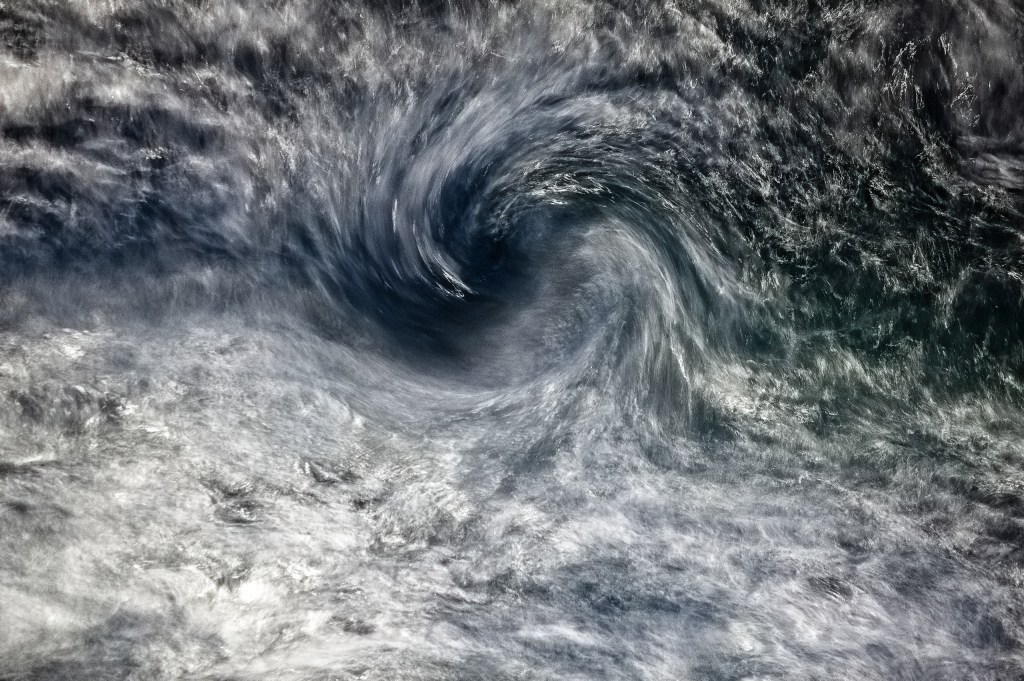
Balazs Gardi chronicles the gathering political storm around the January 6 attack on the US Capitol in The Storm.
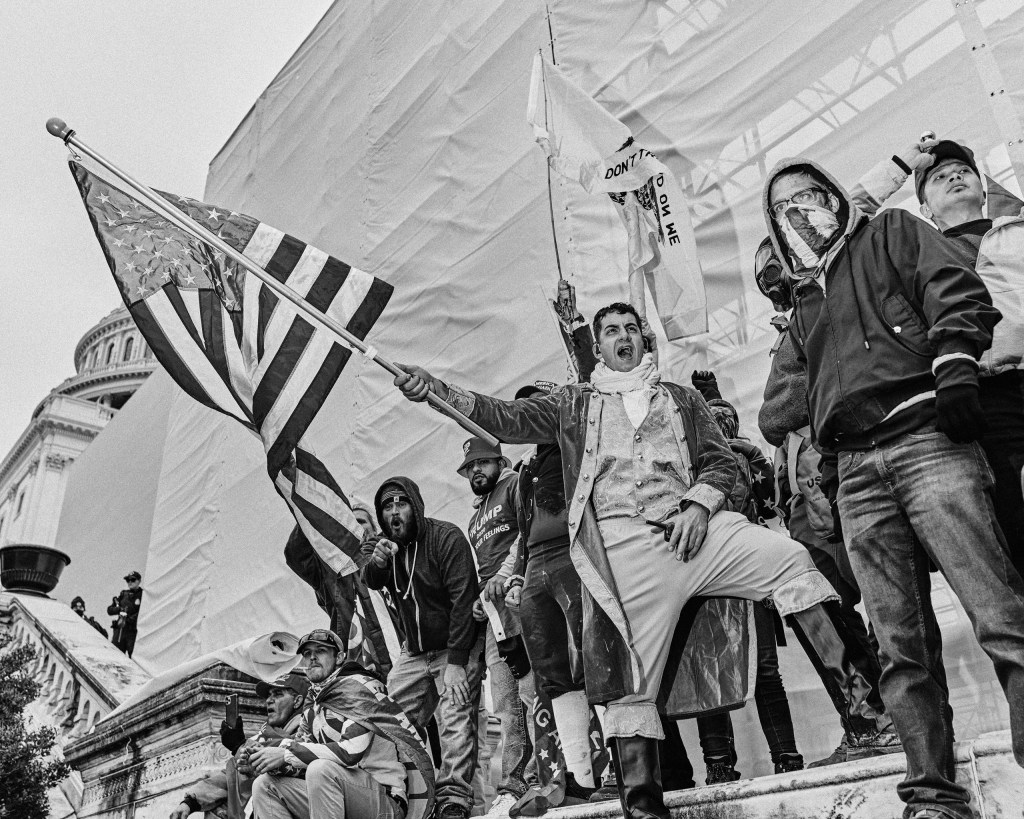
Roberto Huarcaya collaborates with lightning itself in Amazogramas, exposing a 30-metre photosensitive roll in the Amazon as a storm erupted.
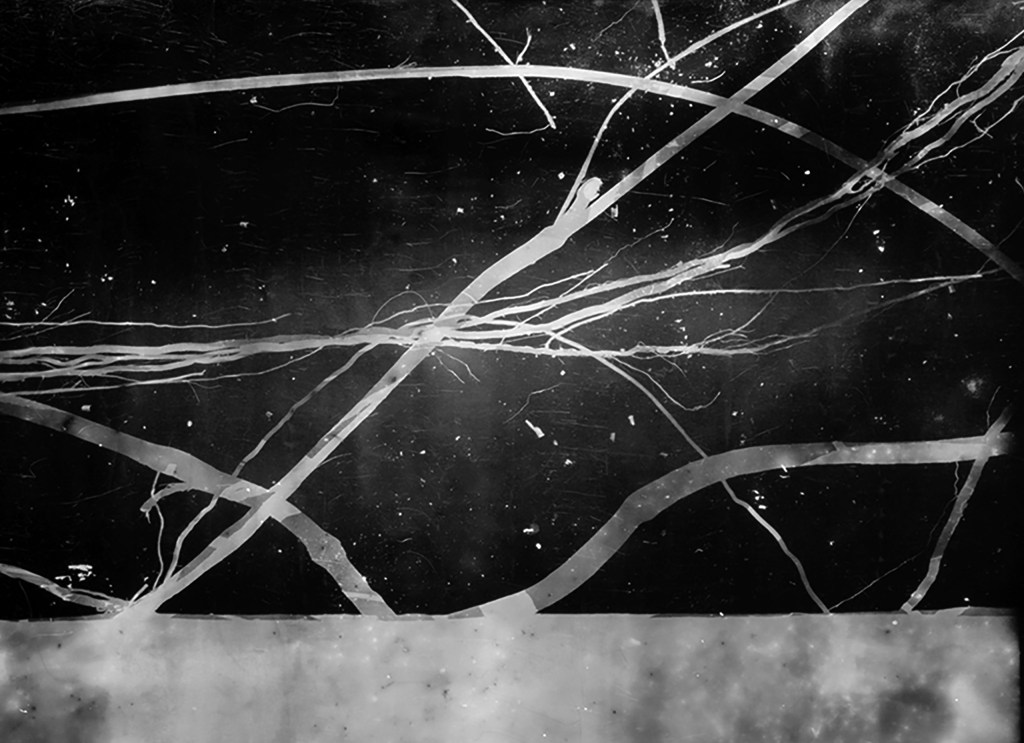
Belal Khaled documents the silent testimony of hands amid Gaza’s devastation in Hands Tell Stories.
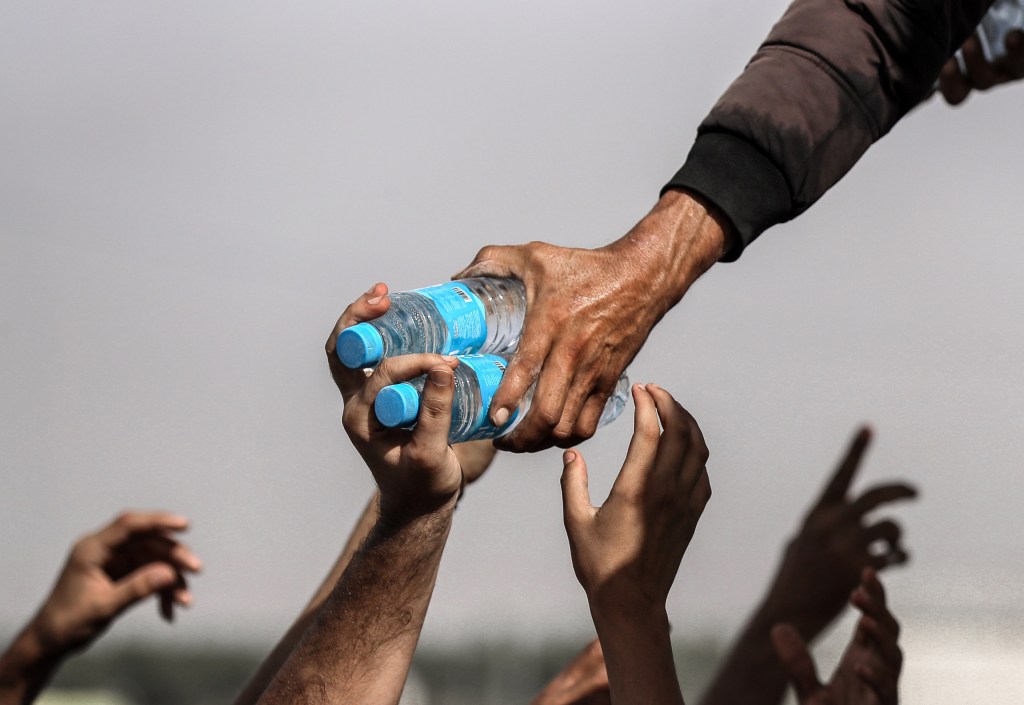
Hannah Modigh explores inherited fear and violence in Louisiana’s Hurricane Season.
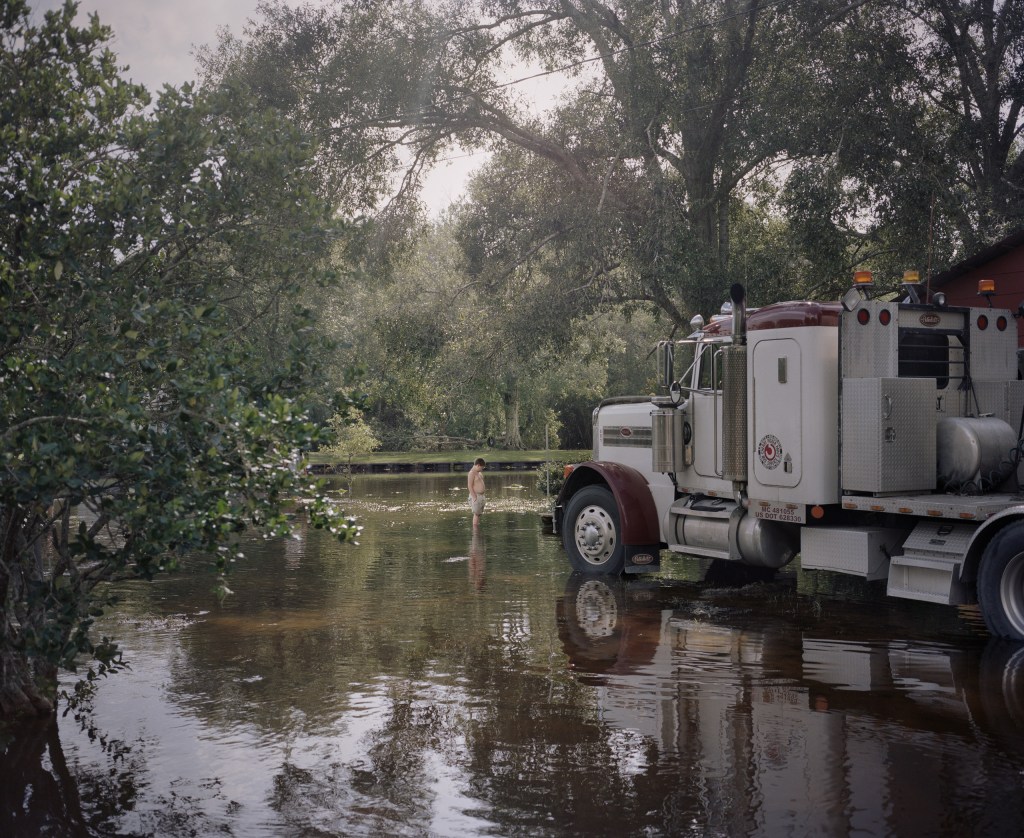
Baudouin Mouanda recreates the 2020 lockdown floods of Brazzaville in Seasonal Sky.
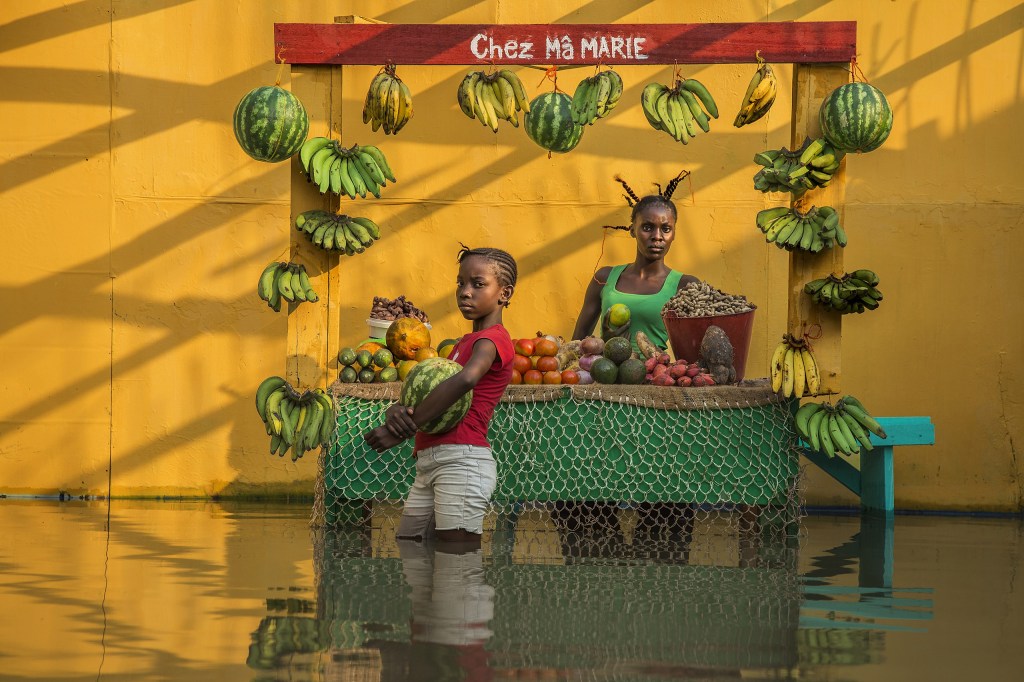
Camille Seaman chases supercell thunderstorms across the American plains in The Big Cloud.
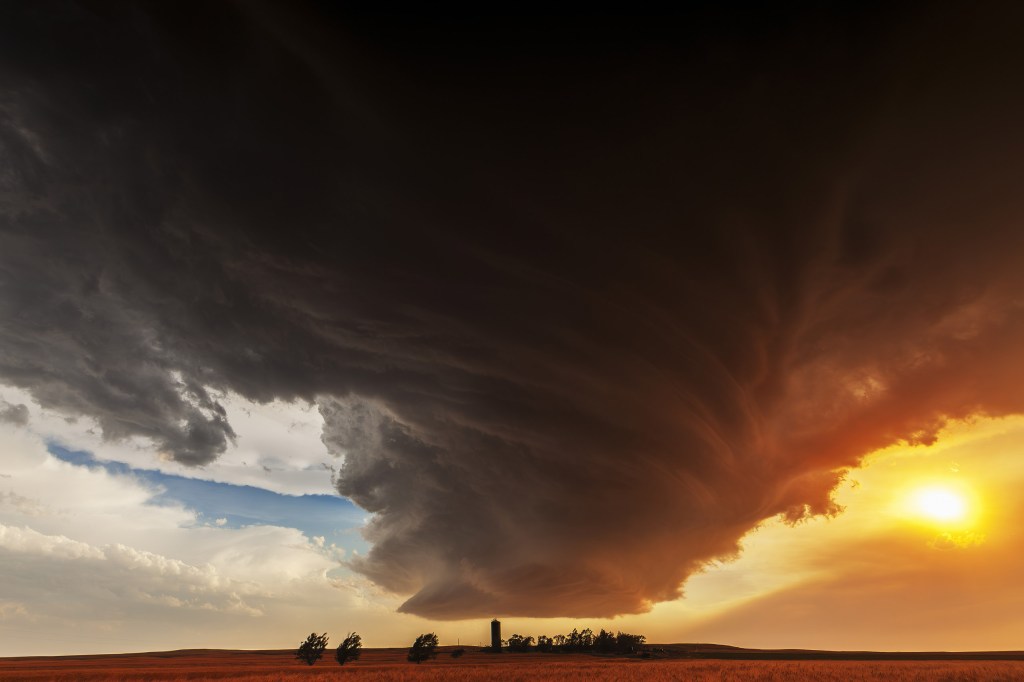
Laetitia Vançon offers a quiet portrait of wartime resilience in Tribute to Odesa.
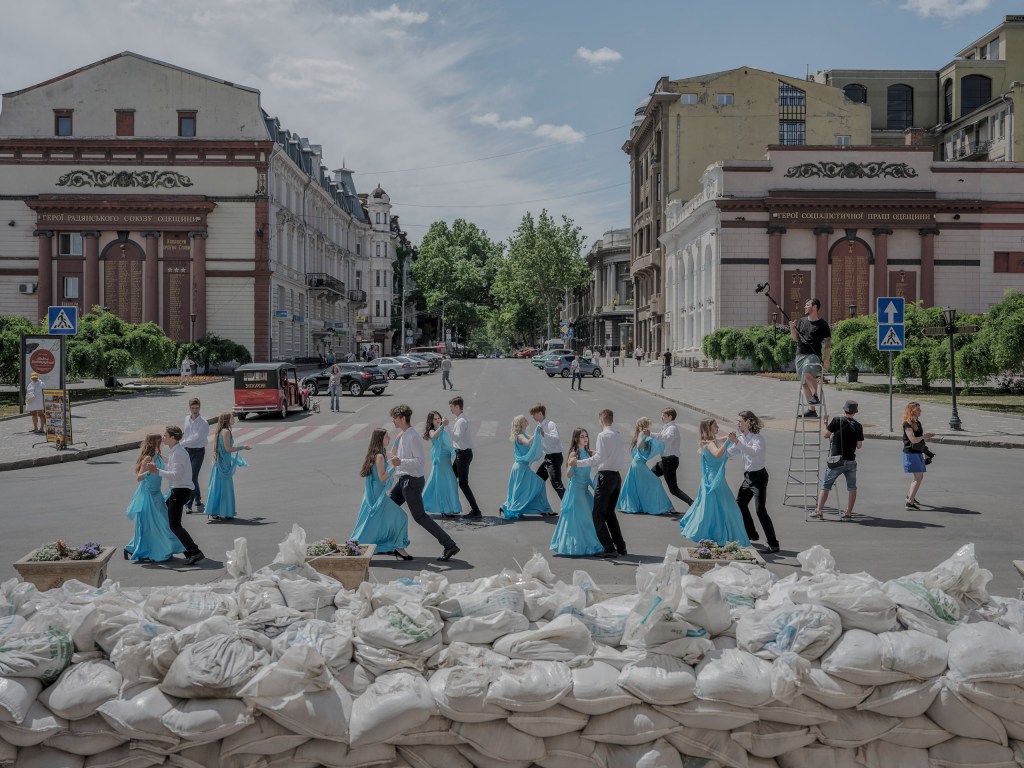
Patrizia Zelano photographs books rescued from Venice’s record high tides in Acqua Alta a Venezia.
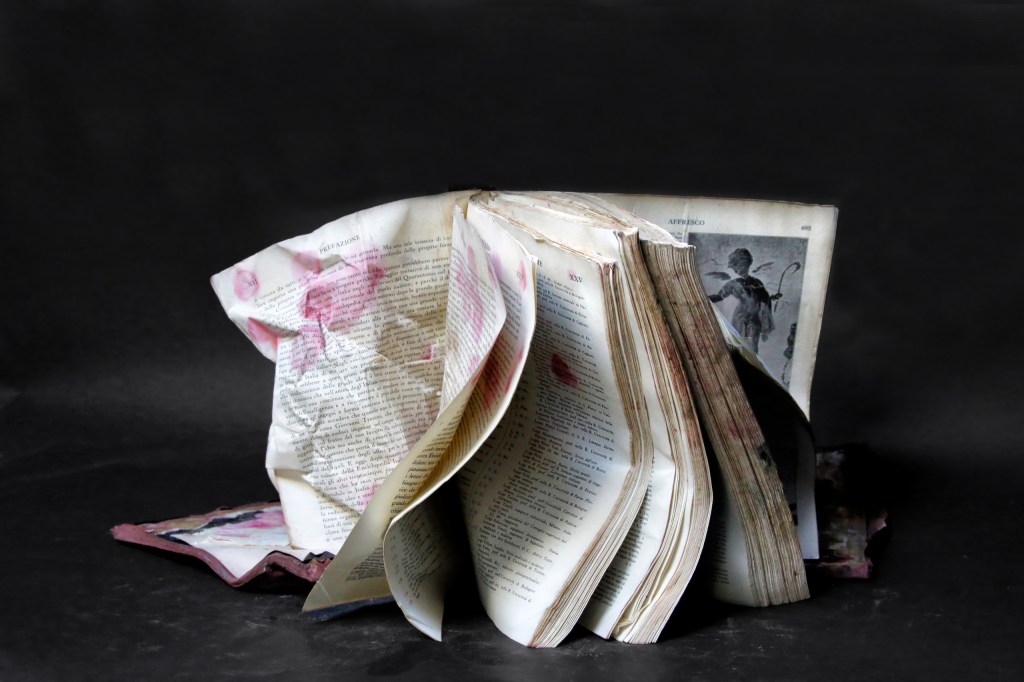
Exhibition and book
The Prix Pictet exhibition featuring the winner and all shortlisted photographers runs at the Victoria and Albert Museum, London, from 26 September to 19 October 2025, Photography Centre on Level 2, home of the newly named Pictet Gallery, before touring to other international venues.
Speaking at the preview, Duncan Forbes, Head of Photography at the V&A and one of the jurors, said it was, ‘A very special occasion to stage the Prix Pictet here in the Photography Centre,’ praising the ‘tremendous synergy between the bank and the V&A around photography.’ He added: ‘I love this prize because of the diversity of photography it brings in… it’s unusual for a photography award to have such breadth of genres.’ Forbes also noted the prize’s timely environmental resonance, pointing out that ‘the very first photographs in our collection, made in 1826, used bitumen, a petrochemical. From the beginnings of photography, we’ve been entangled with the environmental pressures we now face.’
The prize
The Prix Pictet carries a cash award of 100,000 Swiss Francs (126,000 USD / 107,000 EUR / 95,000 GBP) for a body of work that best meets the dual criteria of outstanding photographic excellence and a compelling sustainability narrative. Previous winners include Benoit Aquin, Richard Mosse, Joana Choumali and Sally Mann, each using photography to illuminate urgent global issues.
Alfredo Jaar’s The End stands as a vivid reminder that even in chaos, the act of seeing can help us navigate the tempests ahead.

